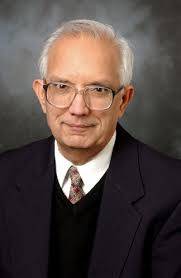
Dr. Rattan Lal arrived in IARI ( Indian Agricultural Research Institute ) in 1963 with a scholarship of Rs. 200. He left IARI on December 28, 1965, after graduating. This is what Dr. Lal said during the 116th Foundation Day ceremony of IARI in which he delivered a virtual Foundation Day lecture, "IARI gave me an identity of who I am. It is a miracle."
In a candid conversation with Shipra Singh (SS) of Krishi Jagran, Dr. Rattan Lal (RL) , who is known as the Father of Soil Health and who won the World Food Prize in 2020, speaks of the farming practices that disrupted soil health, about soil carbon sequestration, and what can Indian farmers do about their farm soil.
SS: In your decades of experience sir, what farming practices have led to the deterioration in soil quality over the years?
RL: Important among soil degrading practices are : a) In field burning of crop residues, b) plowing, 3) puddling of rice fields, d) flood irrigation, e) excessive grazing, f) unbalanced application of fertilizers, g) not replacing nutrients ( micro and macro) removed by crop harvest or grazing of animals, and g) indiscriminate use of pesticides and fertilizers.
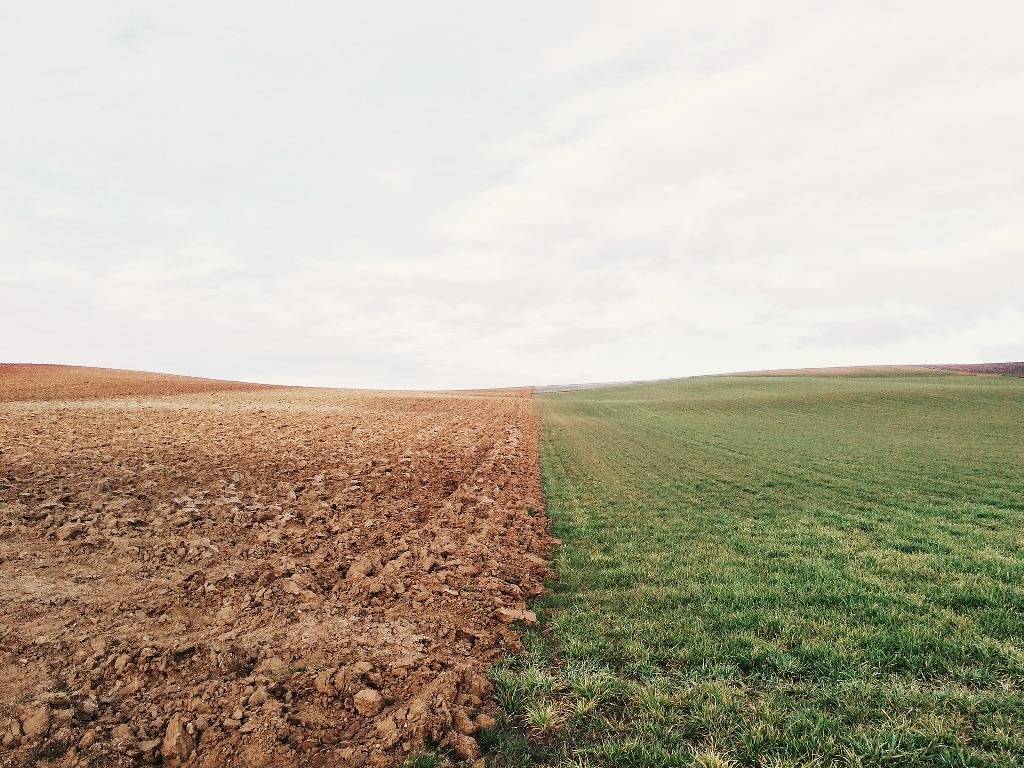
SS: Tell us about soil carbon sequestration.
RL: The process of soil. carbon sequestration implies transfer ( withdraw) of carbon dioxide from the atmosphere and put it into the soil via plant biomass so that it is not immediately reemitted into the atmosphere and stays in the soil for centuries. There are two processes of transfer of atmospheric CO2 from air into soil:
a) Soil organic carbon (SOC) via input of plant biomass which is decomposed, converted into soil organic matter and protected against decomposition through formation of stable soil aggregates (structural units), creation of organo-mineral complexes (such as combination of organic molecules with metallic cations such Fe, Al, Mn, Ca, Mg, etc.) and transfer deep into the sub-soil where it is protected against erosion etc.
b) Soil inorganic carbon (SIC) via formation of secondary carbonates ( pedogenic carbonates) or of bicarbonates. These inorganic compounds are formed when CO2 in the soil ( released from root and microbial respiration and decay of organic matter) is dissolved in soil water to form a dilute carbonic acid and it reacts with cations ( Ca, Mg, K, etc.) to form carbonates . The source of these cations may be external (input of amendments, aerial deposition, weathering of silicate minerals, etc.).The secondary carbonates have a longer mean resident time in soil. Leaching of bicarbonates with good quality of irrigation water is another mechanism of sequestration of SIC. Sequestration of SIC is an important process in arid and semi-arid regions.
SS: Climate change is affecting agriculture around the world. Rise in temperatures threaten to affect cropping patterns, crop duration, etc. How should farmers adapt to the Earth's climate change cycle?
RL: There are two options with the farmers to address the issue of global warming so that the crop growth and yield is not adversely affected:
a) Adaptation : This implies the strategies of reducing the adverse impacts of climate change by choice of crop varieties or species which are suited to the warmer and drier climate. Some important options of adaptation include :change in time of planting, different methods of seedbed preparation, conservation of water in the root zone to minimize risks of drought , maintaining a layer of crop residue mulch to keep the soil warm and cool., and growing of a cover crop during the off-season. These site-specific practices are called “ Climate Smart Agriculture” or “Climate Resilient Agriculture”
b) Mitigation: This implies reducing the emission of greenhouse gases from sources such as fossil fuel combustion and deforestation, and off-setting anthropogenic emissions by sequestration in soil ,trees, wetlands, mine lands and urban lands. The strategy is to make agriculture and forestry as a solution( rather than a problem) of climate change.
c) Motivating Farmers: Farmers must be rewarded for being active in adaptation and mitigation of climate change through payments for ecosystem services provisioned by carbon sequestration . Important among these are offsetting anthropogenic emissions, improving quality and quantity of water, increasing biodiversity , etc.
SS: You talked about Dilution Effect in your IARI Foundation Day lecture that nutrition quality decreases with increase in yield through fertilizers, inputs, etc. Nowadays, farming is more yield-oriented to double farmers' income. In this scenario, how do we ensure soil micro-nutrients stay intact for human health?
RL: India has made a commendable progress in increasing food grain production between 1960 and 2020. It has become a major food exporting nation. Yet, the problems of malnutrition and under nutrition persist. Malnutrition affects a large proportion of population especially children and nursing mothers, and is aggravated by the increase in concentration of atmospheric CO2 which has a dilution effect on nutrients. The nutrition density can also decrease with input of fertilizer which may increase total yield but reduce nutritional quality.
Therefore, improved agriculture must be nutrition -sensitive. Nutritional quality of the food also depends on soil health. Thus, the “ One Health “concept must be promoted :“Health of soil, plants, animals, people, environment and the planet is. one and indivisible”. In other words, degradation of soil health has a domino effect, and health of everything else also goes down.
Reducing prevalence of malnutrition necessitate improving nutritional quality of the food produced. Thus, nutrition -sensitive agriculture is a high priority. Food must be rich in 17 micronutrients, 5 macronutrients, protein along with all essential amino acids, and vitamins.
As Ayurveda says “ when diet is wrong, medicine is of no use; when diet is correct, medicine is of no need”. Agriculture must focus on growing and providing “correct diet”. Agriculture and diet go together.
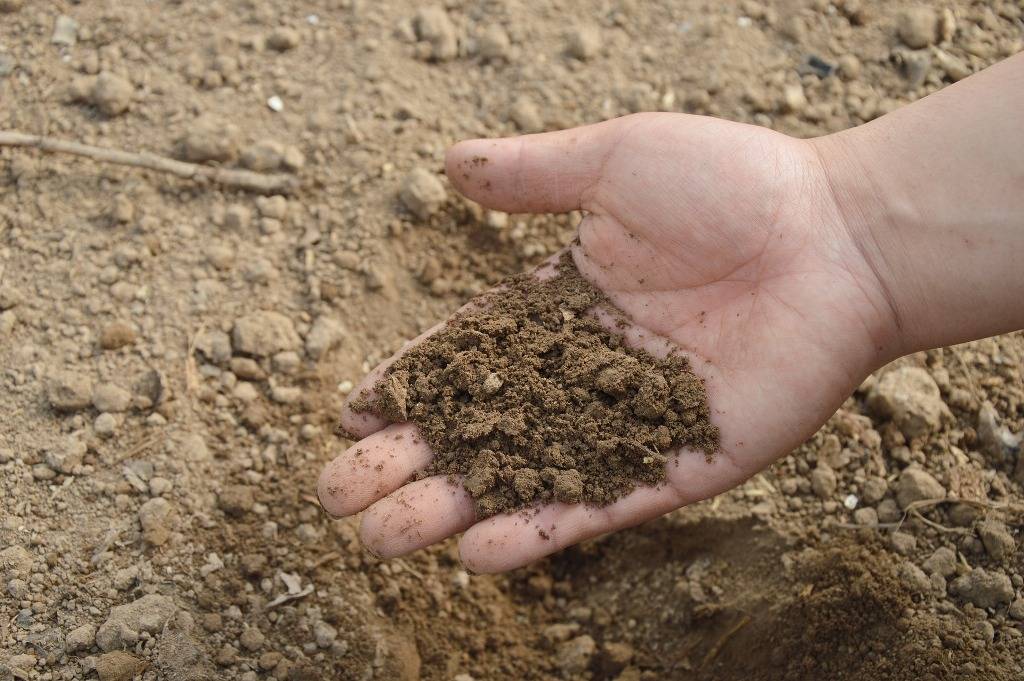
SS: What are the innovative and cost-effective soil-saving techniques that Indian farmers need to perform to regenerate soil?
RL: A high priority must be given to restoration of soil health. One of the important determinants of soil health is its organic matter(SOM) content, which has been severely depleted by land misuse, soil mismanagement and long-term use of extractive farming practices such as removal or in-field burning of crop residues, uncontrolled and excessive grazing, use of animal dung for other purposes rather than returning it to soil as manure.
Therefore, cost-effective technologies include : conservation agriculture ( no-till farming, leaving the crop residue mulch on the soil surface, growing forages or cover crop in the rotation cycle, using drip fertigation and eliminating flood irrigation, agroforestry , composting etc.).These options are also called “ Regenerative Agriculture “
Rewarding farmers for adopting these practices is a good strategy.
SS: You said in your lecture that "soil organic matter content is the heart of soil health." Is it possible to feed the growing world population only through organic farming?
RL: Organic farming is one of the options of regenerative agriculture. Soils of India are degraded, and depleted of essential nutrients. Therefore, adoption of organic farming on degraded soils may reduce total productivity. It is important to adopt the option of integrated soil fertility management .The latter involves judicious, prudent and discriminate use of chemicals (fertilizers, pesticides, herbicides). These are to be used as supplement in right dose, right formulations, right time and right mode of application ( 4Rs). It is important to remember that “ dose is the difference between remedy and poison”.
Organic farming has a niche and can play an important role. But, India has a population of 1.4 Billion and growing. Access to healthy, safe, nutritious and sufficient amount of food is the most basic right of each citizen. The respect to this basic right has a higher priority than any specific technique of soil management.
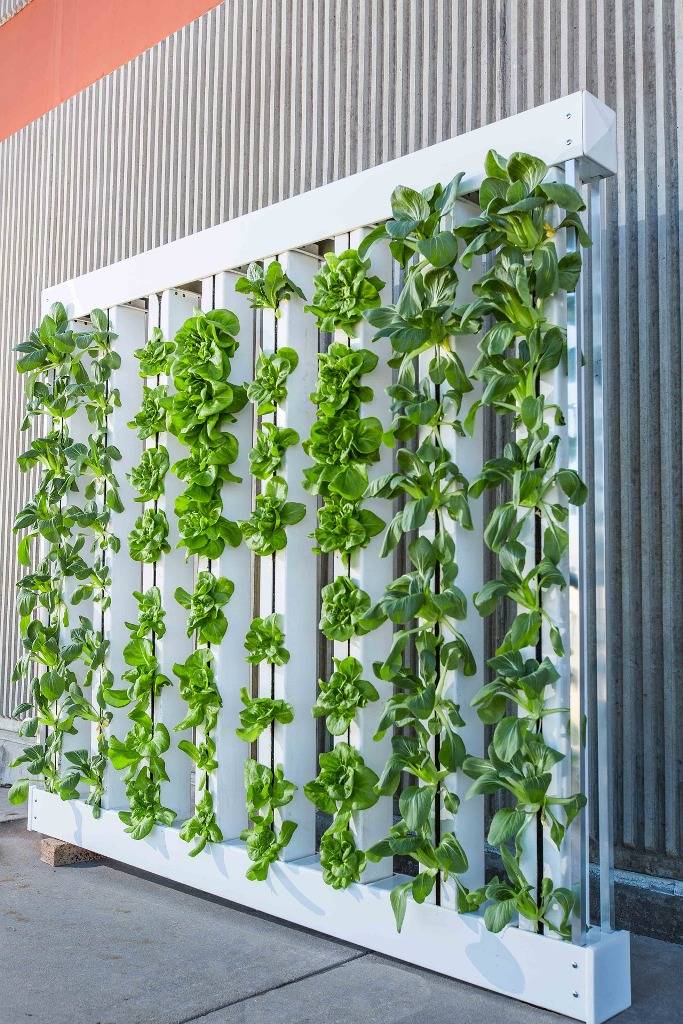
SS: What do you have to say about vertical farming? Is it just a fad or is it some kind of sustainable practice?
RL: Vertical farming is a modern urban agriculture where tall buildings (made of glass and with special provisions of lights) are used to grow fresh produce under controlled conditions .It may also involve soil-less culture (e.g., aeroponics, aquaculture, hydroponics, sand culture) based on recycling nutrients brought in with food (recycling of gray and black water). This must be promoted in mega cities (New Delhi, Mumbai, Calcutta, Bengaluru, Chennai, etc) to strengthen the local food production systems. Because the food is grown under controlled conditions, it does not need the input of pesticides and herbicides. However, plant nutrients must be supplied.
Vertical farming is futuristic agriculture, and is important to feeding the megacities of India and the world. It is a reality and not a fad.
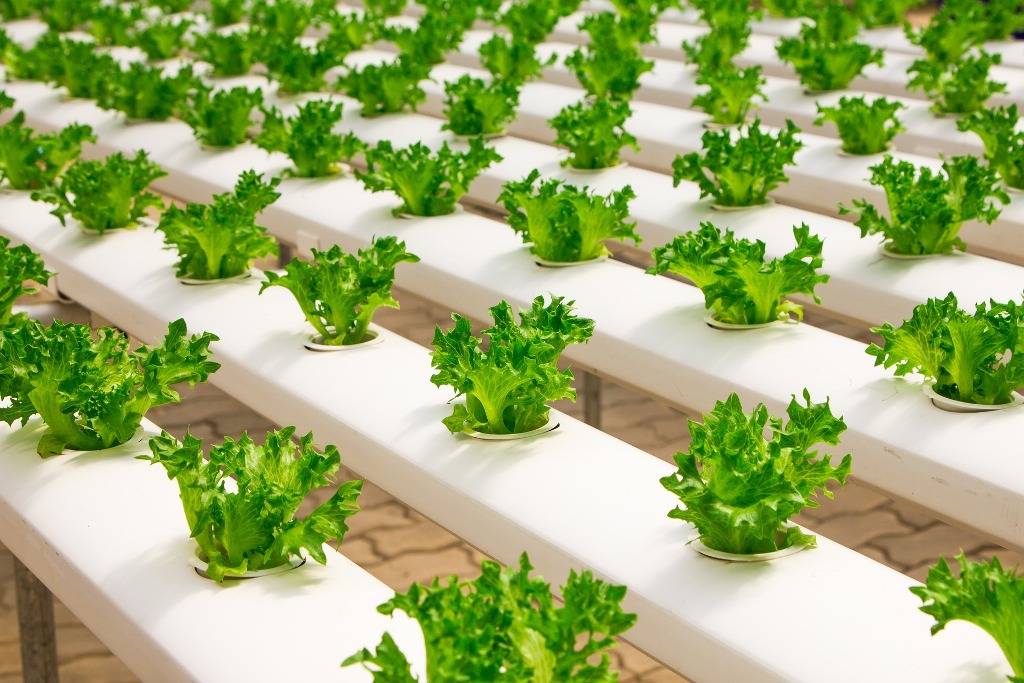
SS: Looking at the depleting soil nutrient scenario, can Hydroponics be a good alternative?
RL: Hydroponic is soil less culture. In combination with aeroponics aquaculture, these soil-less farming practices will play an increasing role in food production especially under urban settings.
Soil is a finite and a precious resource. It has many uses beyond food and agriculture. For example, microbes in soils are the source of 95% of all antibiotics taken by human and livestock. Thus, protection of the precious and finite and soil resources for other uses is critical. Hydroponics and other innovative soil-less food production systems should be used to “Save Our Soils."
SS: How is American agriculture different from Indian agriculture?
RL: Different regions grow different crops because of differences in soil, climate, and socio-economic factors.
One major difference is percent of population living on farms and in rural areas. Today, only 1% of the U.S. population lives/works on farms and merely 20% lives in rural areas. Farmers and ranchers make up just 1.3% of the employed U.S. population. totaling around 2.6 million people.
Despite low population employed in farming, U.S. agriculture is characterized by the following unique features:
-
Farming contributes more than $133 Billion to the U.S. economy
-
Agriculture industry on the whole contributes $1.053 Trillion (food processing, value addition, etc.) to the US economy.
-
Farming is undergoing rapid innovations: mechanization, robotics, drones and other remote sensing devices are replacing manual labor
-
Total number of farms in the U.S. is only 2 million and deceasing.
-
The average farm size is 444 acres, with a total farmland area of 897 million acre
-
The local food market ($20 Billion) is growing and especially due to the COVID 19 Pandemic.
-
Average yield of crops was 11.3 t/ha for corn or maize,8.4 t/ha of rice,3.2t/ha of soybean,3.5 t/ha of wheat and 4.9 t/ha of sorghum.
Krishi Jagran wishes Dr. Rattan Lal all the best for his endeavors.







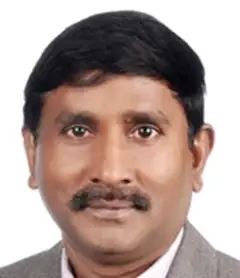
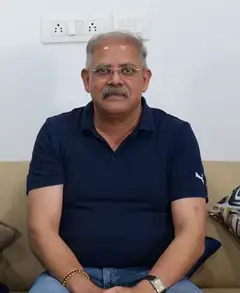
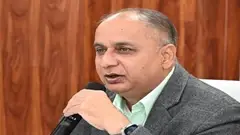





Share your comments